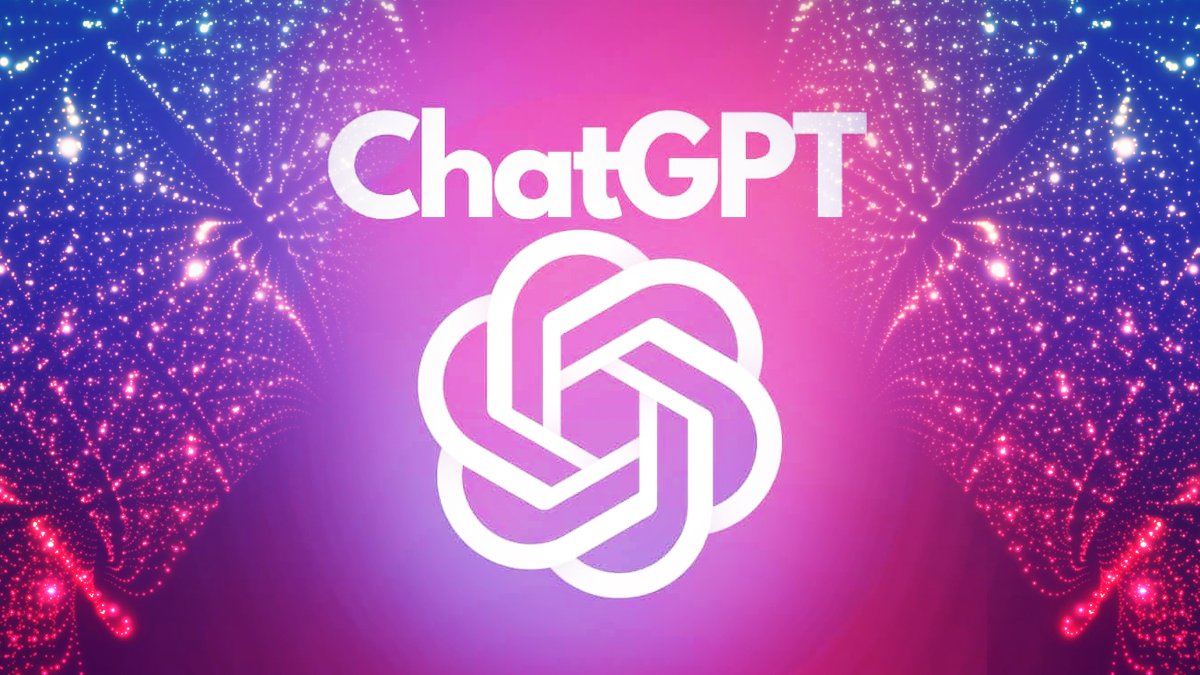During its first DevDay in San Francisco, OpenAI amazed the world of artificial intelligence by presenting GPT Builder, a new tool that makes it easy to design custom chatbots. Users will be able to give their chatbot a name, assign it a description, and most importantly, provide instructions on what it should accomplish and how it should behave. The GPT Builder also offers the possibility to enhance the chatbot’s knowledge on a specific topic and to integrate the advanced capabilities of GPT-4, such as web searching, image analysis, image generation with DALL-E, or even code interpretation. It even seems possible to add custom functions and choose whether the chatbot is public or privatized.
A collaborative platform for sharing chatbots
The release of GPT Builder would be accompanied by the arrival of a “sandbox” where users could discover and test chatbots created by others. This feature would facilitate exchange, learning, and perhaps even give rise to new ideas in the development of custom chatbots.
New pricing plans and features for businesses
There are also rumors about the emergence of new pricing plans, particularly a Team Plan intended for businesses. This plan would offer flexible and annual options: the first being available at $30 per month per user, while the second would cost $25 per month with an annual commitment and would require a minimum of three users each time. It would notably allow various roles and access to be defined, but also integrate tools such as ERP and CRM. The Team Plan would also offer benefits such as fast and unlimited access to GPT-4, the inclusion of context four times longer in queries, and unlimited use of the Advanced Data Analytics model. Other rumors mention “context connectors,” which would allow other applications to be associated with ChatGPT, such as Google Drive or Microsoft 365, to directly integrate remote documents within chatbot interactions.
GPT-4 Turbo: an improved and more accessible version
Alongside GPT Builder, OpenAI unveiled at this conference its new version of its flagship model, GPT-4 Turbo. This version aims to be not only more powerful but also more accessible thanks to reduced costs for data processing and response generation. GPT-4 Turbo also features a memory capacity of up to 128,000 characters, equivalent to more than 300 pages of text in a single command. This makes the model applicable in many fields and attentive to user needs.
A simplified interface for an optimal user experience
Finally, OpenAI announced that it had redesigned its interface to make it simpler and more intuitive. Users will no longer need to juggle between different settings, as GPT-4 Turbo will directly propose the option best suited to each situation to facilitate interactions with the artificial intelligence.
The future of chatbots looks promising thanks to OpenAI
The innovations presented by OpenAI during this DevDay mark a significant turning point in the world of chatbots and conversational artificial intelligence. With tools such as GPT Builder and GPT-4 Turbo, it has never been easier or faster to create, customize, and share chatbots capable of meeting the specific needs of each user or business. This advancement is expected to accelerate the development of new services based on these technologies and greatly enhance the user experience in the coming years.






